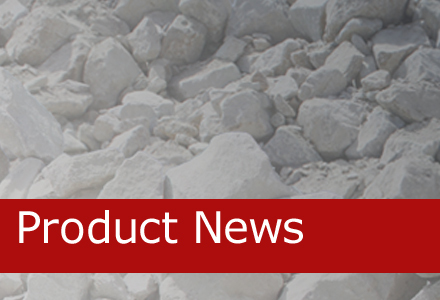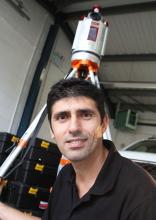
ZEB1, claimed to be the the world’s first truly mobile, hand-held, rapid laser mapping system, has been put through a rigorous testing process at the world’s deepest gold mine.
Owned and operated by Anglogold Ashanti, the Mponeng Mine, southwest of Johannesburg, South Africa, is over 2km below sea level.
The ZEB1 was demonstrated in an up dip stope panel and the resulting 3D model was proven to conform to existing plans of the mine workings.
ZEB1 was developed by CSIRO, Australia’s national science agency, and is licenced to GeoSLAM (a UK-based start-up company). It is now available exclusively from
It is said to allow for fast data capture without any complex set up.
“Before commissioning any new equipment we always undertake rigorous testing as the environment in which we operate is so extreme, with virgin rock temperatures around 60ºC and working temperatures between 30-35ºC,”says Michael Harcombe, senior mine surveyor at Anglogold Ashanti’s Mponeng Mine.
“At these ambient levels, sensitive equipment, such as laser scanners, often just do not work.
“The results of the ZEB1 test were much better than we could possibly have expected.
“The model generated from the ZEB1 scanning was placed in the mine’s plans for a comparison with the current excavation and found to conform to the outline of the workings. We were hoping to compare the results with our existing laser scanning set-up. However, the test area was simply too small for traditional laser scanners.”
ZEB1 uses robotic technology called Simultaneous Localisation and Mapping (SLAM), and the system includes a lightweight laser scanner mounted on a simple spring mechanism, which continuously scans as the operator walks through the environment. As the scanner loosely oscillates about a spring it produces a rotation that converts 2D laser measurements into 3D fields of view.







